
Choosing A Harmonica
There are a bunch of different harmonicas – different sizes, number of holes, tunings, materials…
With so many different choices how do you know which harmonica to choose?
This lesson looks at a number of different harmonicas and narrows in on the one we will be using throughout this course, the C diatonic harmonica.
Lesson Info
Difficulty: No problems at all.
Lesson Length: 8:58
Instructor: George Goodman
Let's looks at some different sizes and shapes of harmonicas.
Recommended Gear
A C harmonica is the first one you need to follow along with the lessons on the site. I often play a Hohner Special 20 Harmonica in the key of C through a Shure Green Bullet microphone Model 5200 and Fender Super Champ amplifier
Which Harmonica To Choose
Harmonicas come in various sizes ranging anywhere from a 4 hole key ring to a 96 hole Hohner Echo harmonica and beyond.
Different types of music use different types of harmonica. Blues and rock tend to play in ‘cross’ harp position and employ bending techniques. The rock and blues players need a harp with a fat tone that allows strong bending. Folk artists tend to play straight harp and may prefer a brighter, cleaner tone. Jazz players will need a chromatic harmonica which provides all of the possible 12 semi-tones – same requirements for the classical player.
Major Diatonic Harmonica
Although harmonicas can come in all kinds of shapes and sizes and can cost up to $1000 or more, the harmonica we are interested in here is the common 10-hole major diatonic harmonica which is going to cost less than $50. This is the most commonly played harmonica and is used for folk, rock, blues and country.
The major diatonic harmonica is tuned to a standard seven note major scale which will repeat three times to create an instrument with a three octave range. Other pitches or notes that are not in the standard seven note major scale can be sounded by bending, a technique covered later. This major scale defines the ‘key’ of the harmonica. There are twelve different notes in Western music and each has its own major scale and key. The major diatonic harmonica comes in all twelve keys.
A major diatonic harmonica is commonly played in what’s known as positions. When playing in first position, it means that the key of the harmonica matches the key of the song. Blowing any note on the harmonica will produce a tone in the major chord. For example, in the key of C, the notes in the C chord are C, E, and G. These are also the notes that will sound when blowing (not drawing) on the C harmonica. First position is also known as playing straight.
Second position is used for blues. In this position, the key of the song played is not the key of the harmonica. A C harmonica, played in second position is used for blues in the key of G. Playing in second position emphasizes draw notes which may be bent to give the mournful blues sound and feel. By drawing on holes 2, 3, 4, and 5, a G7 chord will be produced which is the first chord when playing a blues song in the key of G.
Don’t get hung up on first and second position. There are also other positions as well. We’ll get into all that in more detail later. Note, however, that a single harmonica will be able to play straight in one key and blues in another key.
Lots of Choices
There are many manufacturers of harmonicas but the three main are Hohner, Lee Oskar and Suzuki. All build excellent quality major diatonic harmonicas that will enable you to get the most out of your playing. They also produce specialized tunings so you need to be careful what you’re getting. The list below is the major diatonic harmonica models by these 3 manufacturers and the characteristics of each model.
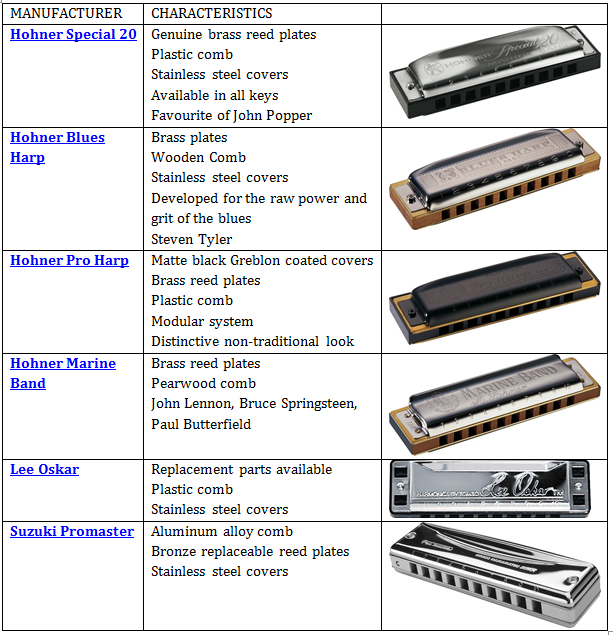
Any of the harmonicas listed above would make an excellent choice. After trying many of these, my favourite harmonica is the Hohner Special 20. The tone is rich and the harmonica is very responsive allowing for easy bending and control of notes. The Special 20 also has a thinner profile which I prefer and have become used to.
Why Start With A C Harmonica?
A C harmonica will be used for all the lessons in this course. There are a number of reasons to start off with a harmonica in the key of C.
1) This is the most common key used among music educators meaning that most harmonica lesson books and videos teach using the C Major harmonica. So if you have started on a harmonica course in the past, chances are you already have a C harmonica and will be ready to go.
2) The C harmonica is a central keyed harmonica, not too high or too low meaning that the high and low notes are relatively easy to get good tones. It is harder to play high notes on a harmonica in a higher key and low notes on a lower keyed harmonica – the C harmonica is in the middle.
3) The key of C represents the white notes on a piano meaning there are no sharps or flats in the key signature which helps in discussing theory.
So, my personal recommendation for starting – get a Hohner Special 20 in the key of C. Note that the Special 20 also comes in country tuning which is great for playing some country tunes but is not what we are looking for here. You can find out more on all these harmonicas as well as get great deals on them in the Shop on this website.
Do I Need A Harmonica For Every Key?
A question you may be asking yourself is “If there are twelve different keys, will I need twelve different harmonicas?” It is true that one harmonica is geared for one particular key so if the song is in the key of A and you have a C harmonica, you can’t play along in tune. The notes of the A scale do not match the notes in the C scale. The A harmonica doesn’t even have the note C in it. It uses C# (c sharp). So as you progress and want to play different songs in different keys you will need more harmonicas. I doubt you will need a diatonic harmonica in all keys however. Rarely is a song played in say F# or C# or E flat. I do not have harmonicas in those keys. When I run into songs that are in a key that I don’t have a harmonica for, I transcribe the song to a key that I do have.
There are some particular keys that are more common. G is a common key for folk – many Neil Young and Bob Dylan songs are in the key of G. Heart of Gold for example requires a G diatonic. The key of G also has easily playable guitar chords – G, Am, Bm, C, D, and Em so like the key of C, it’s easy to accompany yourself on the guitar.
An A harmonica is very common for blues. This is more a function of the tuning of the guitar. Many blues songs are in the key of E because it lends itself to being able to play the blues in an open chord format. Now recall that blues are played in second position. An A harmonica, when you draw on holes 2, 3, 4, and 5 forms an E7 chord which is perfect for E blues.
Like the A harmonica, a harmonica in the key of D is also common for playing blues. A guitar’s tuning allows for the player to play blues in the key of A with open chord stylings. Blues in A requires a D harmonica. Drawing on the second, third, fourth and fifth holes on a D harmonica forms and A7 chord which is what we are looking for.
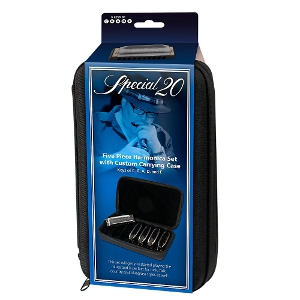 The Hohner Special Case consists of 5 Special 20 harmonicas in the most popular keys: G, A, C, D, and E.
The Hohner Special Case consists of 5 Special 20 harmonicas in the most popular keys: G, A, C, D, and E.
5 Pack Case of Hohner Special 20s
What do I like about the Special 20s?
Great Sound, Smooth Comb, Responsive to Bending - but not loose, Affordable. I play Special 20s more than any other model.
Martin Acoustic Guitar Strings
If it's been a while since you've changed your strings, you won't believe the difference in the sound. These are some excellent Martin strings. Need I say more? Totally affordable.
Hohner Harmonica Holder
The Hohner Harmonica Neck Holder fits harmonicas up to 7-1/2" long, has a nickel plated finish and fits any neck shape.
I have used a similar holder for over 25 years. This no-nonsense holder will work for you.

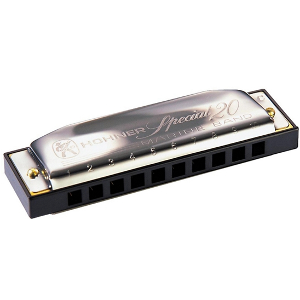
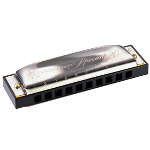
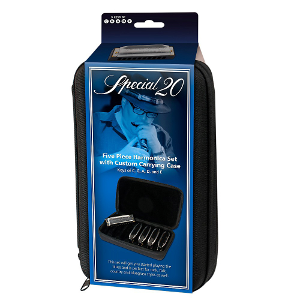
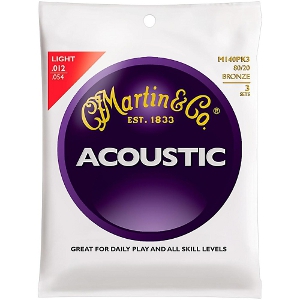
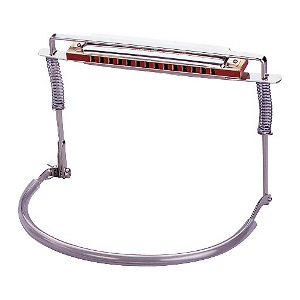

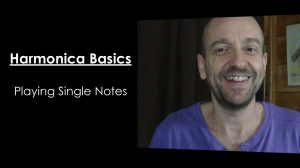
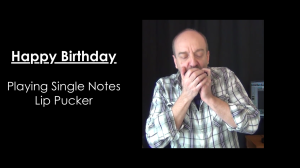


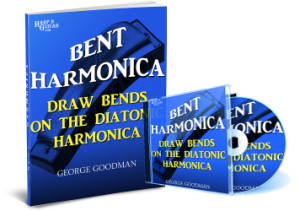
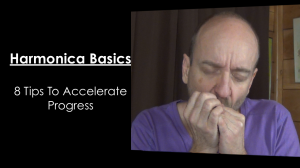
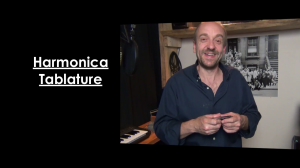

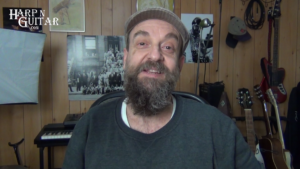
George thanks for everything after my hart attack playing the harp has helped this 73 year old man .Thank You again Peace,Luis
Hi Luis.
That’s awesome to hear. You are very welcome my friend.
Peace,
George
Hi George,
My harmonica inventory consists of the 5 Horner special 20. A, C, D, E, and G..
I have 1 Bluesman homeowner international, a Marine Band Horner, a Lee Oskar E Major Diatonic
And a set of 7 Piedmont Blues by Horner.
Now with your help all I have to do is to learn how to play them properly..Lol!!🤣
Bernie